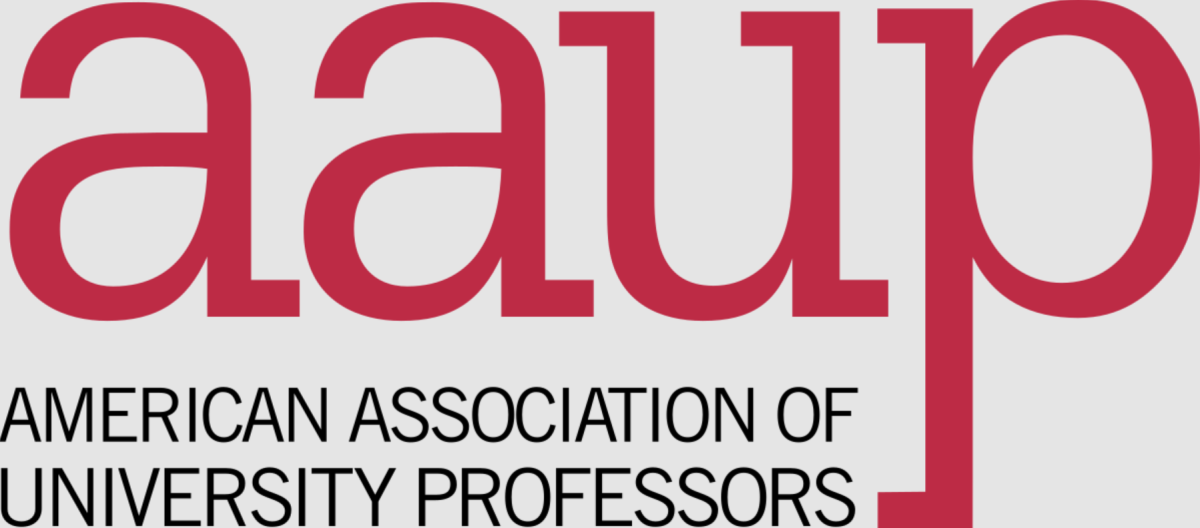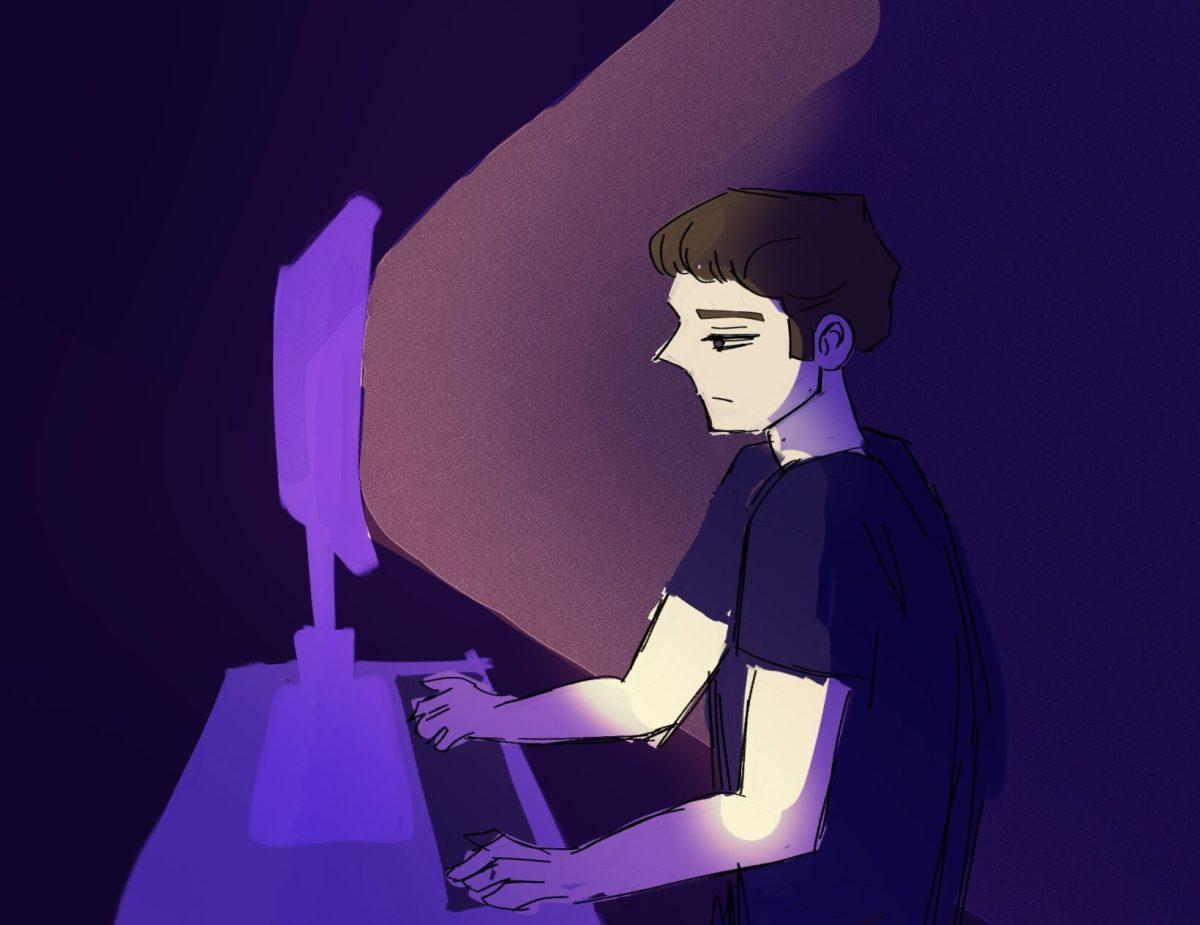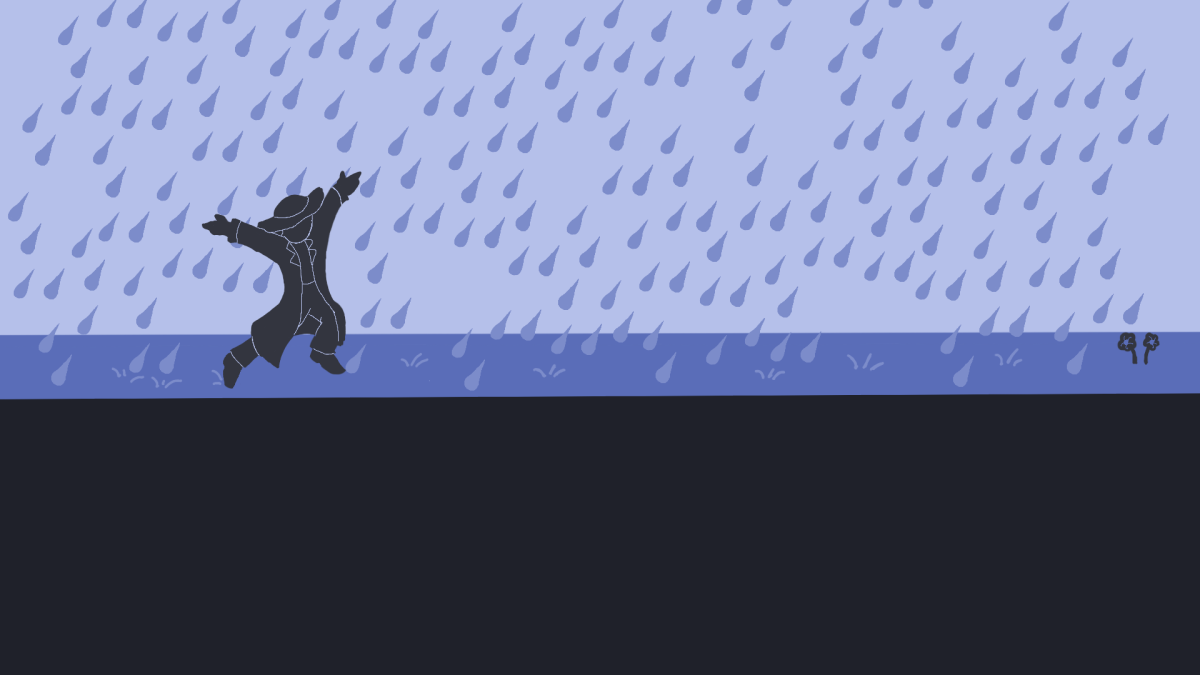“Compound interest is the eighth wonder of the world. He who understands it, earns it… he who doesn’t pays it.” ~ Albert Einstein
As with most economic subjects, it can be hard to talk about compound interest, the Federal Reserve and interest rates in a way that grabs people’s attention. Frankly it can be boring, confusing and seemingly irrelevant. It can be all of those things, but at the end of the day one adjective best describes interest rates — important.
The Federal Reserve increased the “federal funds rate” to 2.25 percent as of Sept. 26. Students should take note of the implications: this adds an extra burden for students who already struggle to pay loans like these. This is unacceptable. In a society where university is becoming increasingly essential in finding a well-paying job, the federal government should not permit student loan rates to vary unnecessarily with the ebb and flow of the economy, especially considering the fluctuations are arbitrary.
To understand how raising interest rates works, imagine you’re a business owner. You want to expand your business by buying some extra machinery, except it’s too expensive. So you take out a loan. The banks who could loan you some money base their interest rates off of what the Federal Reserve says, so when their rate increases, so do the banks’ rates.
In the end you’ll either decide their rate is fine, or wait until it goes down. Thus, people borrow more money to spend on more things when rates are lower; which is one of the ways the Federal Reserve is able to influence the economy.
However, for students, the rising and falling of interest rates is risky business. Student loans, like most other loans, are tied to interest rates set by the Federal Reserve, which vary alongside the federal funds rate. As such, the state of the economy can have impacts on what students are loaned for tuition.
Simply put, the long-term effect is that some students can graduate university with crushing debt into a bad economy, while others graduate with relatively lenient debt with a more reasonable economy. While the state of the economy is hard to fix, there’s no reason student loans should have changing rates of interest.
Part of the reason student loans’ interest rates should not change is a result of shifts in society. University is becoming more of a ‘need’ than a ‘want.’ The same way anyone must buy food to survive, young adults increasingly need to graduate with a degree to have a chance at surviving in the economy.
As such, the normal economic rules of more people attending university when interest rates are low and fewer attending when rates are high don’t really make a lot of practical sense.
Even students who pay attention to the rates before enrolling don’t have the necessary knowledge of what the next few years’ rates would be without knowing what the economy will be like in the future. So waiting until the rates are low can be just as good as bad. In the same sense, interest rates can change part-way through a four-year degree, and with so much invested into education, it would be a waste to quit halfway through.
Take the previous example, but this time you’re a college freshman, and you want a loan for your education. Rates still rise and fall with the federal funds rate, but unlike a business you don’t really have a choice. You need this loan now, you aren’t making much money, and there’s no guarantee the rate will go down. So you take the rate you can get, because you need to. Four years later the rate falls and a different student gets the same loan with less interest.
In short, not having a predetermined, independent and “flat” interest rate that doesn’t change with the economy essentially puts the market for student loans out of step with the normal patterns of supply and demand, hurting some and helping others based on the luck of the draw.
There are other factors that contribute to some graduating classes getting shorted while others thrive. For example, the Reserve generally raises rates during an economic boom, and lowers them during a recession. So those who graduated in 2008 had to pay a higher interest rate on their loans and enter a worse job market. Conversely, the class of 2012 had much lower rates while attending university during a recession, and entered a repaired job market upon graduation.
The federal funds rate has been rising since 2015 and some economists would predict an economic bust. If a recession started in the next few years, the graduating classes of 2019 and 2020 could be in a situation similar to those of 2008; struggling to find a job with crushing student debt. Unless a flat rate for student loan interest is instituted, this could have disastrous effects for college students. The inequality of the situation needs to be addressed for the sake of all current and future students.














